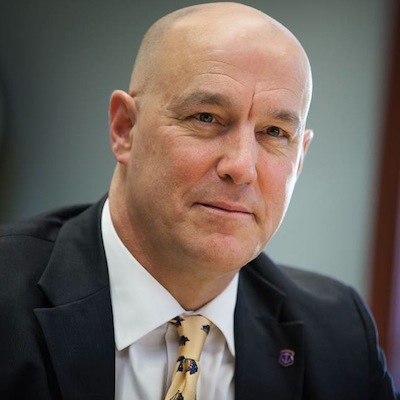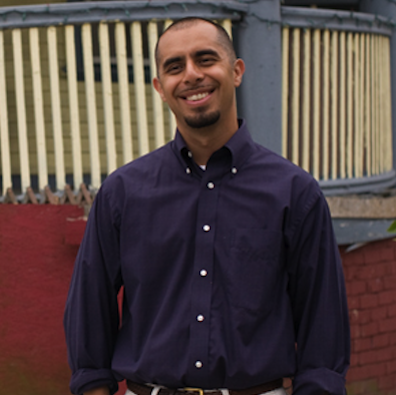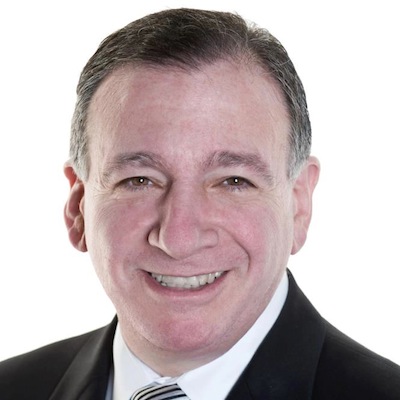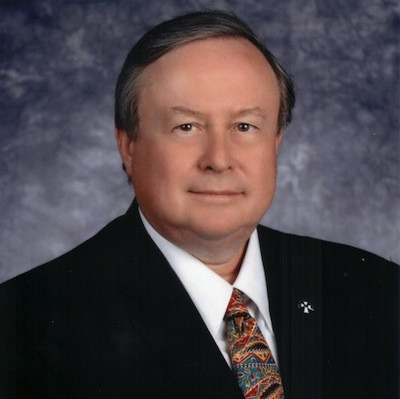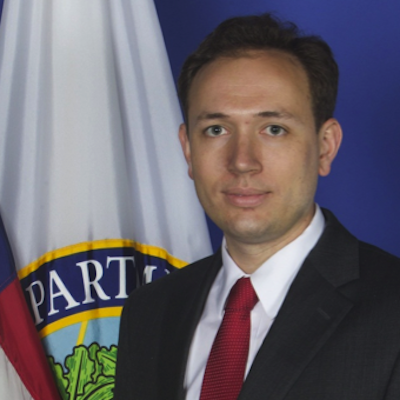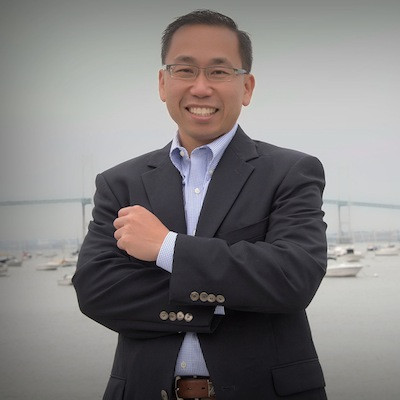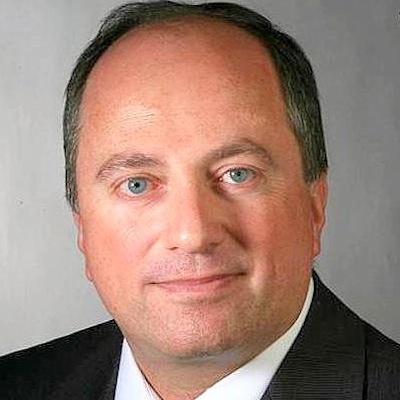John Perilli: Signing of People’s Pledge a Qualified Success
Wednesday, April 30, 2014
The People’s Pledge signed by the Democratic Candidates for Governor is positive, but not perfect, believes John Perilli
On its face, it is a triumph. With the U.S. slouching towards oligarchy and faith in government at dangerous lows, a pledge to reject outside advertising money could be a crucial step towards restoring integrity in our campaign finance system and our government. However, the pledge is not perfect. There are still faults or cracks in it that could bring it down, leaving the race worse off than it was before the pledge was signed.
A Strong Step Forward
Let’s start with the positives.
GET THE LATEST BREAKING NEWS HERE -- SIGN UP FOR GOLOCAL FREE DAILY EBLASTBarring a constitutional amendment, substantive campaign finance reform appears to be the deadest dream in American politics. From the Supreme Court’s recent decision in McCutcheon v. FEC that overall contribution limits for campaign donors were unconstitutional, to the proliferation of unrestrained Super PACs on both sides of politics, a no-holds-barred campaign finance system is slowly becoming the norm.
What a People’s Pledge like the one in the Governor’s race does is cut against that new norm. Besides limiting outside spending in and of itself, the People’s Pledge is a declaration of principle: No, I the undersigned am not okay with massive outside spending groups coming in and singlehandedly deciding my election. As MINDSETTER™ Russell Moore pointed out on Monday, the candidates with the most money behind them win with a frightening frequency. If money is to be the new language of politics, the pledge implies, at least let the voters speak rather than a Super PAC director with none but a financial stake in the election.
Since campaign finance laws might never be reformed, a People’s Pledge is a voluntary way to achieve a fraction of the same effect.
Ideals Versus Incentives
However, as I have written before, the voluntary nature of the People’s Pledge also poses a thorny problem: A candidate could possibly withdraw from the pact if it is to their advantage. While the pledge is a contract, it is not clear that it is a legally enforceable document, and even if it were, a court challenge would be prohibitively long and costly for any candidate.
Yes, there are penalties prescribed within the pledge. For example, if a candidate benefits from an outside ad, they pay the full cost of it. That is a punishment, plain and simple. But what if said candidate decides that they’d be better off using that money on something else? That they believed they had a choice between paying up, and winning the election? They would announce their withdrawal for the pact, and not pay the penalty.
Say, for example, one candidate is reaching dire straits down the stretch. It’s August, and the polls are close. A surge of independent advertising, though, could put him or her over the top. Would he or she rather adhere to the pledge and save her reputation in the short term, or win? All that would be necessary to withdraw from the pledge is a publicity cover. He or she would then enjoy a week of unmatched outside advertising, while the other two campaigns scrambled to catch up. With only a month or so left before the primary, this head start could decide the election.
This is the deepest flaw inherent in any People’s Pledge: the closer the election is, the stronger incentive each candidate has to break the pact and enjoy those precious few days with the advantage. The only thing that could solve this: A last-resort punishment mechanism made either as an informal agreement or written into the pledge itself.
To Play and to Punish
It may sound contrary to the idealistic spirit of the pledge, but the best way to keep the candidates from balking is the threat of retaliation. Not just a voluntary punishment, like one candidate paying for an offending ad, but a cold, hard counterstrike. Did one candidate break the pledge? For a week, the other two could rain negative advertising on them, funded however they choose, saying that the rogue candidate broke their pledge. The “broken promise” narrative is a convincing one, and could make withdrawing from the pledge more damaging than not.
However, the complications only thicken here. Of the two campaigns who kept their word, which one picks up the cost of the punishment ads? Should it be divided evenly by raw price, or by some percentage of money that each candidate has? This is an important concern, because each of the two remaining campaigns has an incentive to save their money, and let the other do the dirty work. If none of this is cleared up, the campaign could devolve into an ugly brawl, much worse than it would have been if the pledge had never been signed at all. Don’t believe me? Read the story of what happened to last year’s Boston Mayoral Race when their plans for a Pledge fell apart. I used the example before, and I’ll use it again, because it illustrates so well what’s at stake if the Pledge fails.
Remaining Optimistic
Despite these potential pitfalls, the signing of the pledge is fundamentally positive. The idea of the People’s Pledge is an experiment, and an experiment takes many painstaking trials to get right. We cannot refuse to try them just because they might fail. I applaud the three gubernatorial candidates for their enterprise and cooperation, and John Marion from Common Cause RI for brokering it. I’ll sit back on my couch a bit more easily this primary season, knowing that if I see an ad on TV, it will have at least been paid for and authorized by someone in my area code.
John Perilli is a native of Cumberland, RI and a junior at Brown University. He is the Communications Director for the Brown University Democrats and works for Magaziner for Treasurer. The opinions presented in this article do not represent those of the organizations of which John Perilli is a member. You can follow John on Twitter @JohnPerilli.
Related Slideshow: RI Candidates with the Most Social Media Reach
Related Articles
- John Perilli: Ghosts of Speakers Past
- John Perilli: Smith Hill’s Strongest Lobby, Unmasked
- John Perilli: How Can We Restore Confidence in the RI Government?
- John Perilli: The Fallout of Political Retribution
- John Perilli: Battle Heats Up to Succeed Fox in House District 4
- John Perilli: I Wish Climate Change Were a Hoax, But It’s Not
- John Perilli: The Power of Data-Driven Politics
- John Perilli: Beware, the Marriage Equality Backlash Is Coming
- John Perilli: Keeping Outside Money Out of 2014 Election
- John Perilli: The Recovery Ain’t Over ‘Till It’s Over
- John Perilli: Bipartisanship Is Ugly
- John Perilli: Of Ducks, Debates and Dehumanization
- John Perilli: Winning the War of Words
- John Perilli: Brain Drain Should Scare Us
- John Perilli: Pell’s Path Forward
- John Perilli: Don’t Axe the Lieutenant Governor
- John Perilli: Peter Neronha, US Attorney & Rising Political Star?
- John Perilli: Down With the Debt Ceiling
- John Perilli: RI’s Real Spending Problem: We Don’t Spend Enough




